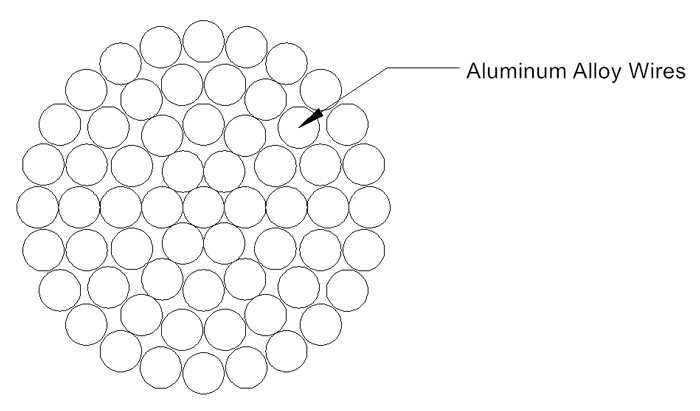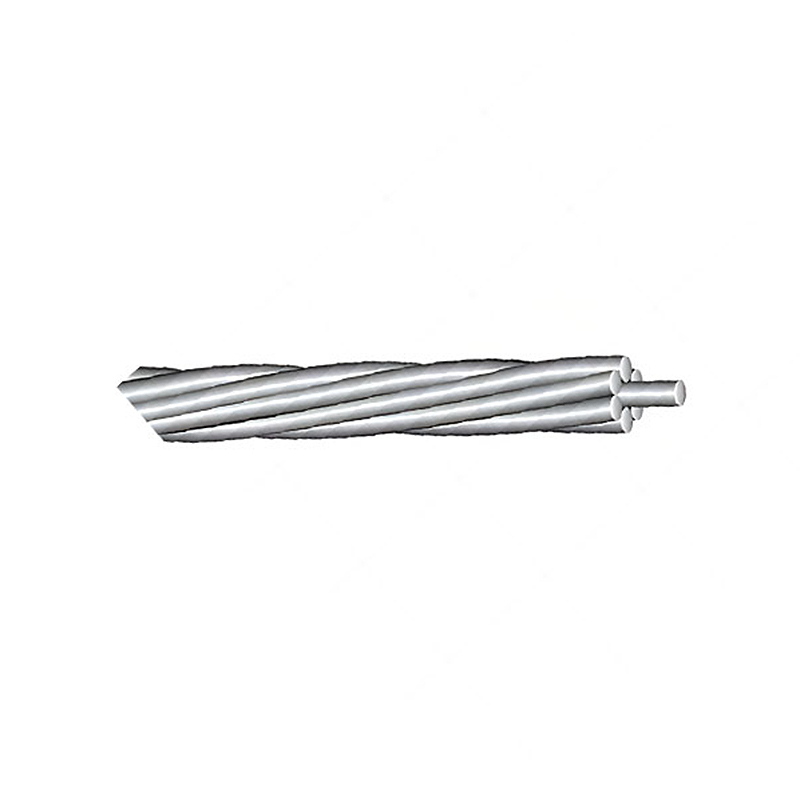For inquiries about our products or price list , please leave your email to us and we will be in touch within 24 hour
AS/NZS 1531 Bare All Aluminum Alloy 1120 AAAC Conductor
DOWNLOAD CATEGORY SPECIFICATIONS
Application
The AS/NZS 1531 Standard Bare All Aluminum Alloy 1120 AAAC Conductor is a type of conductor that is commonly used in construction applications. This conductor is made of high-quality aluminum alloy and is designed to meet the highest standards of performance and reliability.
It is an excellent choice for a wide range of construction applications. Its high strength, durability, and excellent electrical conductivity make it ideal for use in everything from power lines and transmission cables to telecommunications and data transfer networks.
Advantages
One of the key advantages is its high strength and durability. The use of high-quality aluminum alloy ensures that it is able to withstand the stresses and strains of heavy use while maintaining its structural integrity.
Another advantage of this AAAC Conductor is its excellent electrical conductivity. The use of high-quality aluminum alloy allows it to conduct electrical current with very little resistance or loss, making it ideal for use in a variety of electrical applications.
Construction
The construction of this conductor is such that it is composed of multiple strands of aluminum alloy that are twisted together to form a single solid conductor. This construction provides it with a number of unique characteristics that make it an ideal choice for a variety of applications.

Packing
Delivery lengths are determined from a consideration of such factors as physical drum dimensions, drum weights, span length, handling equipment or the customer’s request.
Packing Materials
Wooden drum, steel-wooden drum, steel drum.
Specifications
-AS/NZS 1531 Standard AAAC Conductor







 Send Email to
Us
Send Email to
Us





